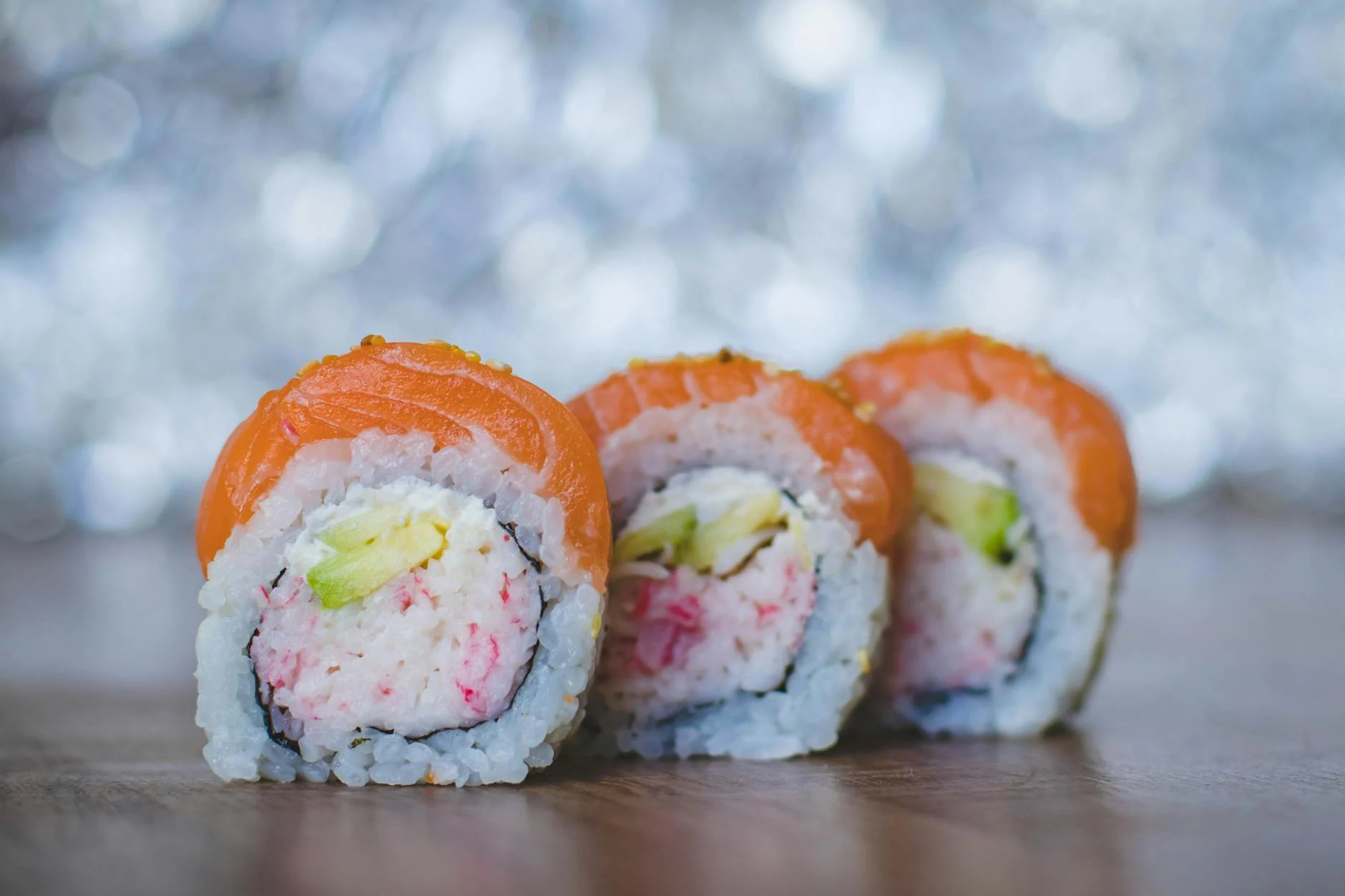Literally translated as “I’ll leave it up to you,” omakase is far more than a simple delegation of menu choice. It is a finely tuned performance in which the chef curates a course on the spot, guided by the season’s finest offerings, the condition of each ingredient, the day’s weather, and even subtle cues from the guest’s demeanor and appetite. In this sense, omakase transcends cuisine and approaches the realm of art.
As the guest takes their seat at the counter, the chef begins to work—often without a word. The quiet movements of selecting seafood, the glint of the knife against the hinoki wood cutting board, and the gentle shaping of vinegared rice all unfold with elegance and precision. Though words are few, communication is constant—through glances, gestures, and shared rhythm. It is a harmonious dialogue in silence, where presence is everything.
One of omakase’s greatest charms lies in its deliberate progression. The meal often begins with delicate white fish or shellfish and gradually moves toward richer, more flavorful cuts. This sequence is as intentional as the rituals of a tea ceremony, calibrated for contrast in temperature, texture, and taste. By the time the final piece is served, the experience feels less like a meal and more like having read a carefully composed poem—leaving a lingering sense of refinement and emotional resonance.

Everything is in its place—precise, intentional, and free from excess. Yet nothing is ostentatious. The role of each element is simply to enhance the inherent beauty of the ingredients. This, in essence, is Japanese aesthetics. It is an expression of subtraction, of space, of seasonal awareness. Within each piece of sushi, crafted by the hands of a master, these values are delicately condensed.
Take the use of akazu (red vinegar) in the sushi rice, for example—it deepens the grain’s flavor while allowing the seafood to shine. The rice is gently warmed by the chef’s palm, engineered to dissolve on the tongue. Each piece of fish is carefully blotted, aged or cured with kelp (kombujime) to heighten its flavor. What appears deceptively simple conceals a depth of preparation that is profoundly intricate and precise.
While chefs respond with grace when spoken to, the overall experience remains quiet and understated. It is a dialogue of gestures, flavor, and presence rather than words—an embodiment of Japanese etiquette, where hospitality is conveyed not through explanation but through atmosphere, action, and care. The stillness in the air, the subtle fragrance of the ingredients, the tactile refinement of the dishware—all speak to the guest on a sensory level.
At the finest sushi counters, omakase also becomes a conduit for deepening the relationship between guest and chef. Regulars are remembered by preference; their palates understood and occasionally challenged with unexpected offerings. It is a dance of intuition and surprise, echoing the dynamics of a tea ceremony between host and guest—one of quiet tension, deep trust, and mutual respect. It is not merely a meal, but a fleeting, singular encounter—ichigo ichie, a once-in-a-lifetime experience.

The physical space of a fine sushi restaurant is itself a reflection of Japanese sensibility. Counters crafted from pale hinoki or sugi wood, lacquered vessels with a subdued luster, and ambient lighting that gently bathes the space in calm—all speak to a quiet elegance. The guest and chef sit close, yet a distinct emotional boundary is maintained. Decorations are kept to a minimum, allowing the natural colors of the ingredients and the precision of the chef’s technique to stand out. The architecture echoes the serenity of traditional Japanese design—restraint as a form of refinement.
An increasing number of international visitors now travel to Japan specifically to experience this omakase style of dining. While the term “high-end sushi” may evoke thoughts of price or prestige, the true value lies elsewhere: in the personalization of each meal, in the silent dialogue between guest and chef, and in the deep cultural respect for offering without imposition, and receiving with trust.
Although sushi has become a global cuisine, the omakase experience at Japan’s top counters is an irreplicable cultural expression. Each piece of sushi becomes a vessel for aesthetic thought, conveying meaning without the need for words. It is through this encounter that diners come to realize just how profound the act of eating can truly be.
At its heart, omakase is about trust—the quiet confidence one places in another’s hands. The sushi that results is not merely food, but a mirror of Japan’s beauty and spirit, distilled into a single, handcrafted bite.




